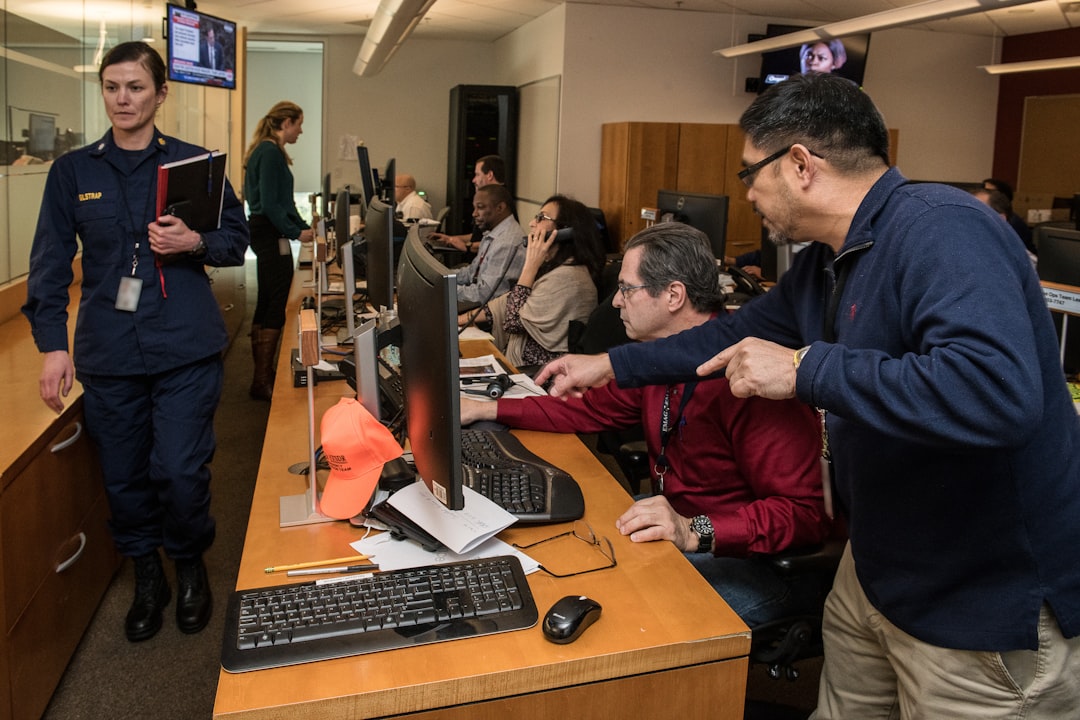Doing The Right Way

If you are looking for a vehicle that can handle various tasks, from carrying passengers to moving goods, you may want to consider a van. But with so many types of vans available, how do you know which one is right for you? In this guide, we will explore some of the common types of vans and their features.
0 Picture Gallery: Doing The Right Way
One of the main factors that differentiate vans is their size. Generally, vans can be classified into three categories: small, medium, and large. If you need a van that is easy to drive and park in the city, you may want to look at small vans. These vans are compact and agile, but still have enough room for two people in the front and some cargo in the back. Some of the popular small vans are the Ford Transit Connect, the Mercedes-Benz Metris, and the Volkswagen Caddy.
Medium vans are a good compromise between space and convenience. They are larger than small vans, but still relatively easy to drive and park. They usually have three seats in the front and more cargo space in the back. Some medium vans also have sliding doors on both sides for easier access. Some of the common medium vans are the Ford Transit Custom, the Renault Trafic, and the Peugeot Expert. Here’s the link to learn more about the awesome product here.
If you need a lot of space for people or cargo, you may want to look at large vans. These vans are the biggest and most spacious types of vans. They typically have three seats in the front and a huge cargo area in the back. Some large vans also have high roofs or extended wheelbases for extra space. Some examples of large vans are the Ford Transit, the Mercedes-Benz Sprinter, and the Fiat Ducato.
Another factor that differentiates vans is their purpose. Some vans are designed primarily for carrying people, while others are more suited for hauling cargo. Some vans can do both, depending on how you configure them. People-carrying vans are also known as minivans or MPVs (multi-purpose vehicles). They usually have three rows of seats that can accommodate up to eight passengers. They also have sliding doors on both sides for easy access and windows all around for visibility and comfort. Some examples of people-carrying vans are the Kia Carnival, the Honda Odyssey, and the Toyota Sienna. Click here for more helpful tips on this company.
Cargo-carrying vans are also known as panel vans or box vans. They usually have two seats in the front and a large enclosed cargo area in the back. They also have rear doors that can open wide or lift up for loading and unloading. Some examples of cargo-carrying vans are the Renault Master, the Mercedes-Benz Sprinter, and the Ford Transit. When it comes to types of vans, powertrain matters as well. Some vans are powered by gasoline engines, while others are powered by diesel engines or hybrid systems. Some vans also offer all-wheel drive or four-wheel drive for better traction and performance. Click here to get even more info on the subject!
This post topic: Auto & Motor